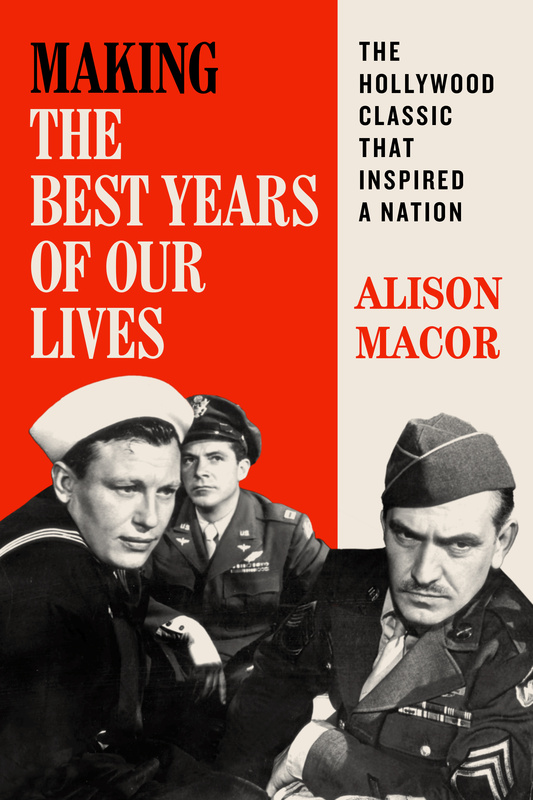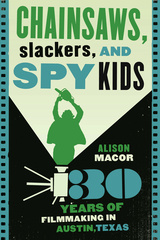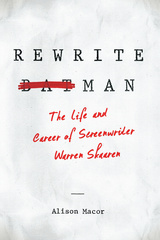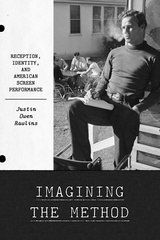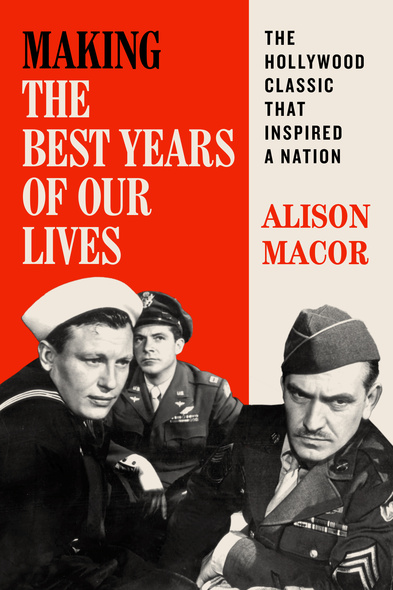
Making The Best Years of Our Lives
The Hollywood Classic That Inspired a Nation
2023 Wall Award Finalist, Theatre Library Association
How a Hollywood gem transformed the national discourse on post-traumatic stress disorder.
Released in 1946, The Best Years of Our Lives became an immediate success. Life magazine called it “the first big, good movie of the post-war era” to tackle the “veterans problem.” Today we call that problem PTSD, but in the initial aftermath of World War II, the modern language of war trauma did not exist. The film earned the producer Samuel Goldwyn his only Best Picture Academy Award. It offered the injured director, William Wyler, a triumphant postwar return to Hollywood. And for Harold Russell, a double amputee who costarred with Fredric March and Dana Andrews, the film provided a surprising second act.
Award-winning author Alison Macor illuminates the film’s journey from script to screen and describes how this authentic motion picture moved audiences worldwide. General Omar Bradley believed The Best Years of Our Lives would help “the American people to build an even better democracy” following the war, and the movie inspired broad reflection on reintegrating the walking wounded. But the film’s nuanced critique of American ideals also made it a target, and the picture and its creators were swept up in the anti-Communist witch hunts of the late 1940s. In this authoritative history, Macor chronicles the making and meaning of a film that changed America.
Detailed and often rewarding...Anyone who loves 'The Best Years of Our Lives' will appreciate [Macor's] efforts.
Macor succeeds in delivering a thoughtful and well-researched portrayal of the complicated influence of The Best Years of Our Lives and the film’s overall impact. Fans of the wartime film will no doubt enjoy this close examination of the film.
Macor’s fascinating book details many factors that converged to make one of Hollywood’s greatest films about war and its aftermath.
[A] comprehensively researched book…Though the book is full of juicy Hollywood details, this is ultimately the triumphant story of how [director William] Wyler and [lead actor Harold] Russell channeled their trauma into a project that brought personal and professional satisfaction to them and a greater awareness of veterans’ issues to the American public...An eloquent testimony to the power of film.
[Macor] traces [The Best Years of Our Lives'] journey from script to screen, focusing on the film’s production history, its personal connection with its director, and lasting resonance more than 75 years later.
An illuminating account of the film’s journey to the screen and its impact on the nation.
Macor has done scrupulous research in putting the pieces together on how The Best Years of Our Lives came to be. From its beginning as an idea to its casting, everything you ever wanted to know about the making of this beloved classic in Macor's book.
The scars of World War II were sometimes physical but just as often mental, and before war movies became adept at discussing – and even naming – post-traumatic stress disorder, characters suffering from shell shock were either cowards or came to their heroic senses after a good slap. In her new book, Alison Macor...salutes William Wyler's 1947 Oscar-winning smash that gave that pain a space on the silver screen, even as the filmmakers were targeted in the Red Scare.
Macor gives the certified masterpiece from studio-system Hollywood…the treatment it deserves—intelligent, sensitive, and respectful…she smoothly incorporates and generously acknowledges the research and insights of previous critics, culls the money-minded trade press with ready expertise, and applies her own sharp eye for illuminating interpretations. Her study is a welcome addition to a growing body of single-film biographies...Macor is such a rich encyclopedia of all things Best Years.
In her compulsively readable, meticulously researched, and altogether elegant reappraisal of The Best Years of Our Lives, a towering Hollywood classic that many regard as William Wyler’s most enduring cinematic achievement, Alison Macor offers a veritable model of accessible, public-facing scholarship. She chronicles in rich detail the film’s fascinating production history, the deep personal connection it had to its director, and the remarkable resonance that the picture struck with movie-going audiences in its day and continues to strike in us three quarters of a century later.
Alison Macor has written a thoughtful and meticulously researched book that documents the fascinating production history of this groundbreaking film while also exploring its cultural, industrial, and social contexts. It will be appreciated by all readers who are drawn to in-depth studies of classic Hollywood films, as well as those interested in disability rights, veterans' issues, war and social problem films, and the postwar American film industry.
More than seventy-five years after it was first released, William Wyler’s film The Best Years of Our Lives remains the beating heart of American cinema. No other movie ever made has proved more powerful, honest, and intimate about the struggles of ordinary people, returning military veterans and their families, in the aftermath of the great cataclysm that was World War II. Alison Macor’s meticulously researched and carefully written account covers all the important ground in the making of this masterwork, from its origins as a blank-verse novel to the selection of the superb cast and crew and the extraordinary and at times painful artistry that went into every creative decision. She is especially alert to the authenticity and compassion that two wounded veterans—the director Wyler and the first-time actor Harold Russell, whose hands were blown off in a training accident—brought to the project.
Alison Macor is a freelance writer and former film critic for the Austin Chronicle and the Austin American-Statesman. She has a PhD in Radio-Television-Film from UT Austin. She is the author of Chainsaws, Slackers, and Spy Kids: Thirty Years of Filmmaking in Austin, Texas and Rewrite Man: The Life and Career of Screenwriter Warren Skaaren.
Chapter 1. Warstruck
Chapter 2. Every Veteran a Potential Mental Case
Chapter 3. The Way Home
Chapter 4. Underwater Again
Chapter 5. Fade on Kiss
Chapter 6. Pure Emotional Dynamite
Chapter 7. It’s All the Same Fight
Chapter 8. A Training Film for All of Us
Acknowledgments
Note on Sources
Notes
Bibliography
Index

